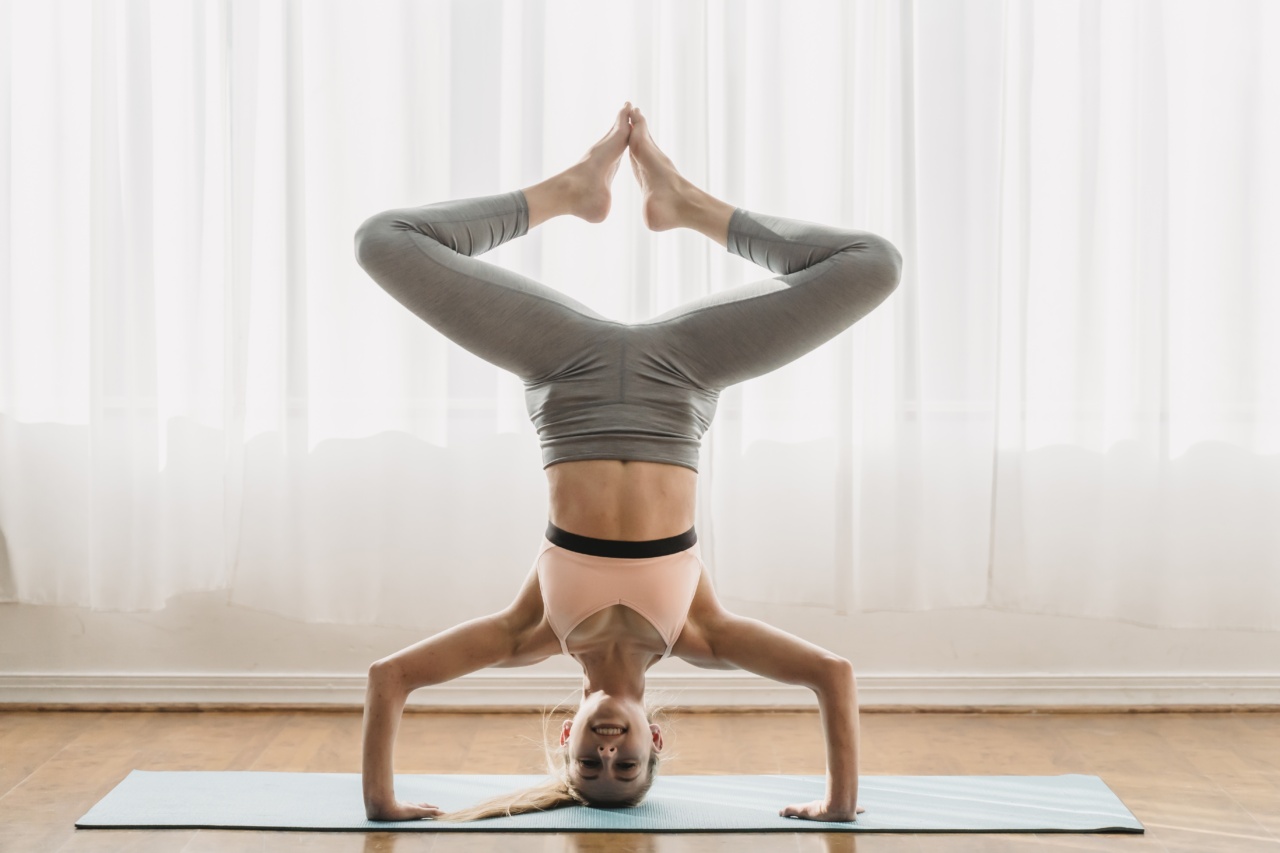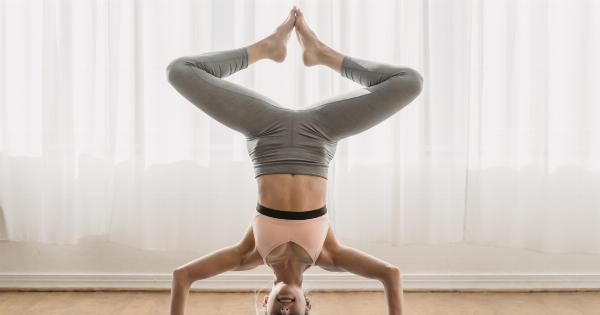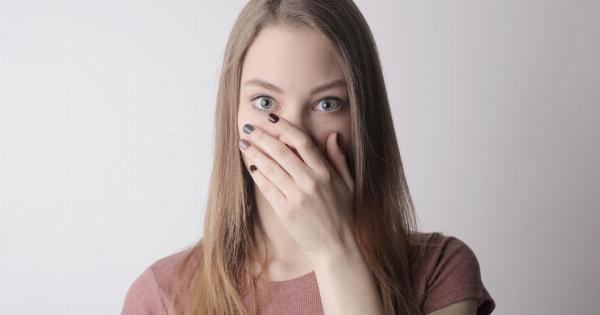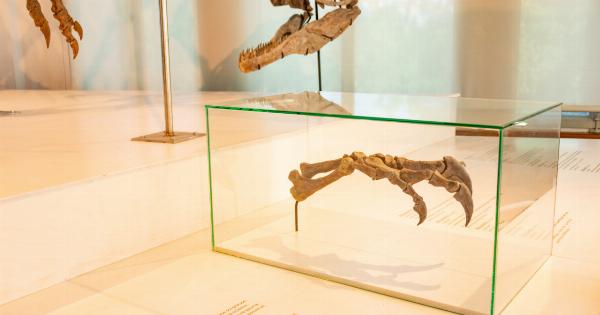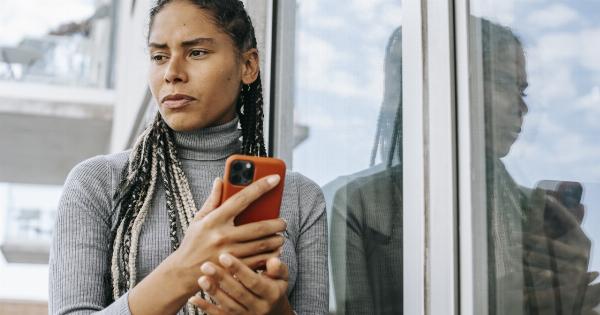Yoga has been practiced for centuries and is known for its many mental and physical health benefits.
In recent years, it has gained popularity as a holistic approach to recovery and rehabilitation, particularly in the context of improving strength and gait speed. This article explores the role of yoga in the recovery process and how it can be leveraged to enhance strength and gait speed.
The Role of Yoga in Recovery
Recovery from an injury or a medical condition can be a long and challenging journey. Traditional rehabilitation methods often focus primarily on physical exercises and therapies, neglecting the mind-body connection.
However, yoga offers a comprehensive approach that addresses both physical and mental aspects of recovery.
Mind-Body Connection and Recovery
Yoga is deeply rooted in the belief that the mind and body are interconnected and influence each other’s functioning.
By incorporating mindfulness, breath control, and specific yoga postures, individuals can develop a heightened sense of body awareness. This increased body awareness facilitates the identification of areas of weakness or imbalances and provides a foundation for targeted rehabilitation.
Improving Strength through Yoga
Strength is a crucial component of recovery as it enables individuals to regain functional independence and perform daily activities with ease. Yoga helps improve strength through various mechanisms:.
1. Resistance Training
Many yoga asanas, such as plank pose, warrior poses, and arm balances, require individuals to use their own body weight for resistance. These poses engage multiple muscle groups simultaneously, improving overall muscular strength.
2. Muscle Endurance
Yoga sequences often consist of dynamic movements and sustained holds that challenge muscle endurance.
Holding poses like chair pose or warrior poses for an extended period helps build endurance and stamina, which are essential during the recovery process.
3. Core Stability
A strong core is vital for maintaining balance and stability during movement. Yoga emphasizes core engagement in various poses, such as boat pose and plank pose.
By strengthening the core muscles, individuals improve overall stability and reduce the risk of falls or gait abnormalities.
Enhancing Gait Speed through Yoga
Gait speed, or the speed at which an individual walks, is another crucial factor in the recovery process. Yoga can help enhance gait speed through the following mechanisms:.
1. Increased Flexibility
Limited flexibility can impede proper gait mechanics and reduce walking speed. Yoga incorporates dynamic stretching and lengthening exercises that improve flexibility, allowing for smoother and more efficient movement.
2. Balance and Coordination
Yoga postures require individuals to maintain balance and coordination. By repeatedly practicing these poses, individuals enhance their proprioception, which is essential for coordinated movements and maintaining an optimal gait.
3. Mindfulness and Body Awareness
Yoga cultivates mindfulness and body awareness, enabling individuals to observe and correct any aberrations or irregularities in their gait pattern. This heightened awareness facilitates gait corrections and helps individuals walk at an optimal speed.
Yoga as a Complementary Approach
While yoga has numerous benefits for strength and gait speed recovery, it is important to note that it should complement traditional rehabilitation methods rather than replace them.
Yoga can be integrated as a supplementary component of a comprehensive recovery program to enhance overall outcomes.
Incorporating Yoga into the Recovery Process
Here are a few suggestions for incorporating yoga into the recovery process:.
1. Consultation with a Qualified Instructor
It is essential to consult with a qualified yoga instructor who specializes in rehabilitation and recovery. They can tailor the yoga practice to individual needs, ensuring safety and effectiveness.
2. Start Slow and Progress Gradually
Recovery is a gradual process, and it is important to start with gentle yoga practices that are appropriate for the individual’s current capabilities. As strength and flexibility improve, more challenging poses and sequences can be incorporated.
3. Focus on Breath and Mindfulness
Breathing techniques and mindfulness play a crucial role in yoga. Encourage individuals to focus on their breath and cultivate mindfulness during their practice to enhance the mind-body connection and maximize recovery benefits.
Conclusion
Yoga offers a holistic approach to recovery, addressing both physical and mental aspects of rehabilitation.
By incorporating yoga into the recovery process, individuals can enhance strength, improve gait speed, and ultimately expedite their journey towards regaining functional independence. As with any rehabilitation approach, it is important to consult with healthcare professionals and qualified yoga instructors to ensure a safe and effective practice.
